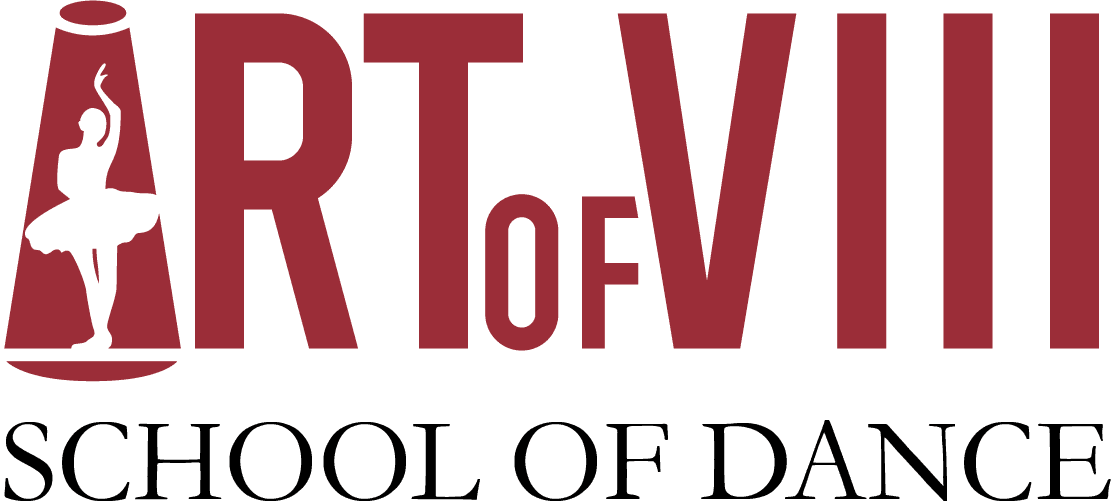Table of Contents
- The Impact of Diverse Representation in Dance
- Breaking Stereotypes and Embracing Diversity
- Promoting Inclusivity and Empowerment
- Highlighting Different Dance Styles and Cultures
- Championing Body Positivity and Self-Expression
Explore the importance of diverse representation in dance and how it promotes inclusivity and empowerment.
The Impact of Diverse Representation in Dance
Diverse representation in dance has a powerful impact on individuals and communities. When dancers from different backgrounds, ethnicities, genders, and body types come together, it creates a rich tapestry of talent and creativity. This diversity allows for a more inclusive and representative art form, breaking down barriers and challenging traditional norms.
By showcasing dancers of different backgrounds, diverse representation in dance helps to challenge stereotypes and preconceived notions. It allows for a greater understanding and appreciation of different cultures and perspectives. Diverse representation can also inspire others who may have felt excluded or underrepresented to pursue their passion for dance.
Furthermore, diverse representation in dance has a positive impact on audience members. Seeing dancers who look like them or who come from similar backgrounds can be empowering and validating. It sends a message that everyone deserves to be seen and celebrated, regardless of their appearance or background.
Overall, the impact of diverse representation in dance is far-reaching. It promotes inclusivity, breaks down stereotypes, and empowers individuals to embrace their unique identities.
Breaking Stereotypes and Embracing Diversity
One of the key benefits of diverse representation in dance is its ability to break stereotypes and embrace diversity. Dance has a long history of perpetuating narrow beauty standards and stereotypes, but by showcasing a diverse range of dancers, these norms can be challenged and shattered.
Through diverse representation, dancers from all backgrounds can showcase their unique talents and challenge the notion that there is a ‘one-size-fits-all’ dancer. It promotes the idea that dance is for everyone, regardless of their body type, race, or gender. This helps to create a more inclusive and accepting dance community.
By breaking stereotypes and embracing diversity, dance becomes a powerful tool for social change. It encourages people to question their preconceived notions and opens up conversations about representation and inclusivity. It also allows for a greater appreciation of the beauty and diversity of human bodies and movement.
In a world that often pressures individuals to conform to a certain standard, diverse representation in dance provides a refreshing and empowering alternative. It encourages individuals to embrace their unique identities and celebrate their differences.
Promoting Inclusivity and Empowerment
Diverse representation in dance is instrumental in promoting inclusivity and empowerment. By showcasing dancers from different backgrounds, it sends a powerful message that everyone is welcome and deserving of recognition.
Inclusivity in dance means creating a safe and welcoming space for dancers of all abilities, sizes, genders, and ethnicities. It means providing opportunities for those who may have been traditionally excluded or marginalized. Diverse representation helps to break down barriers and create a more inclusive dance community.
Moreover, diverse representation in dance empowers individuals to embrace their unique identities and express themselves authentically. It allows dancers to see themselves represented on stage and feel a sense of belonging. This empowerment extends beyond the dance floor and can positively impact other areas of their lives.
By promoting inclusivity and empowerment, diverse representation in dance has the potential to create lasting change in society. It challenges the status quo and encourages individuals to embrace diversity in all its forms.
Highlighting Different Dance Styles and Cultures
Diverse representation in dance not only encompasses different backgrounds and identities but also highlights the rich variety of dance styles and cultures. It allows for the celebration and exploration of different dance traditions from around the world.
By showcasing a range of dance styles and cultures, diverse representation in dance fosters a greater understanding and appreciation of the diversity of human movement. It allows audiences to experience the beauty and artistry of various dance forms, from ballet to hip hop, from traditional to contemporary.
Highlighting different dance styles and cultures also provides an opportunity for cross-cultural exchange and collaboration. It encourages dancers to learn from each other and incorporate elements from different traditions into their own work. This fusion of styles and cultures creates a dynamic and vibrant dance community.
Furthermore, by showcasing underrepresented dance styles and cultures, diverse representation in dance helps to preserve and promote cultural heritage. It allows for the passing down of traditions and the celebration of diverse cultural identities.
In summary, diverse representation in dance not only celebrates individuality but also highlights the richness and diversity of dance styles and cultures from around the world.
Championing Body Positivity and Self-Expression
One of the powerful messages of diverse representation in dance is the championing of body positivity and self-expression. By showcasing dancers of all body types and sizes, it challenges the notion that there is a ‘perfect’ or ‘ideal’ dancer’s body.
Diverse representation in dance promotes the idea that everyone’s body is capable of expressing beauty and artistry. It encourages individuals to love and appreciate their bodies for what they can do, rather than focusing on appearance alone. This promotes a healthier and more positive body image.
Moreover, diverse representation in dance allows for the expression of individuality and personal stories. Each dancer brings their unique experiences and perspectives to their performances, creating a rich tapestry of storytelling. This self-expression can be cathartic and empowering for both the dancers and the audience.
By championing body positivity and self-expression, diverse representation in dance helps to create a more inclusive and accepting society. It challenges the notion that there is a ‘right’ way to look or move and encourages individuals to embrace their bodies and express themselves authentically.
In conclusion, diverse representation in dance plays a crucial role in championing body positivity and promoting self-expression.





